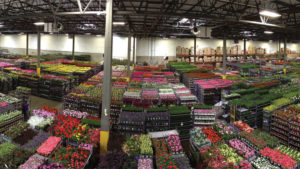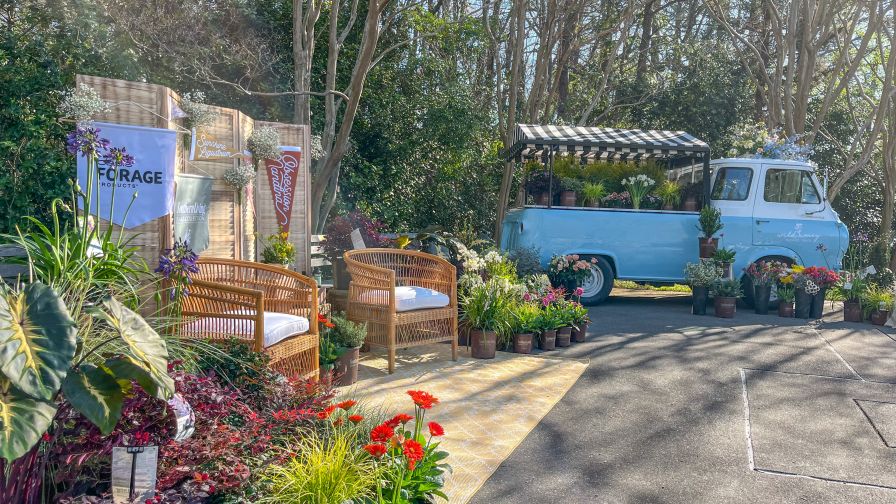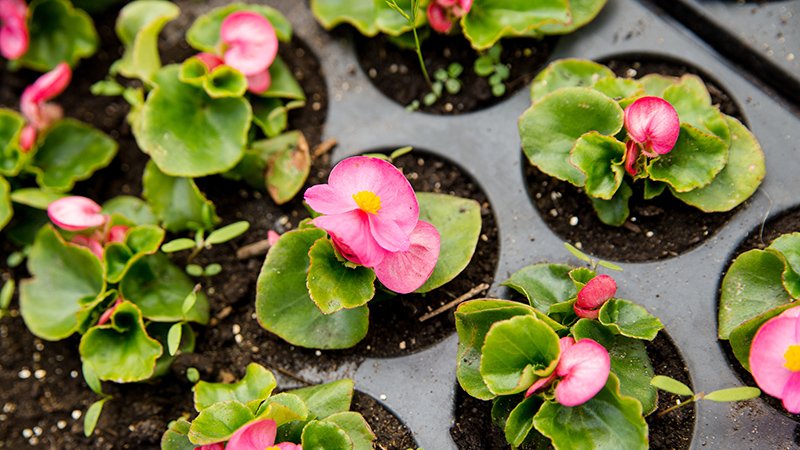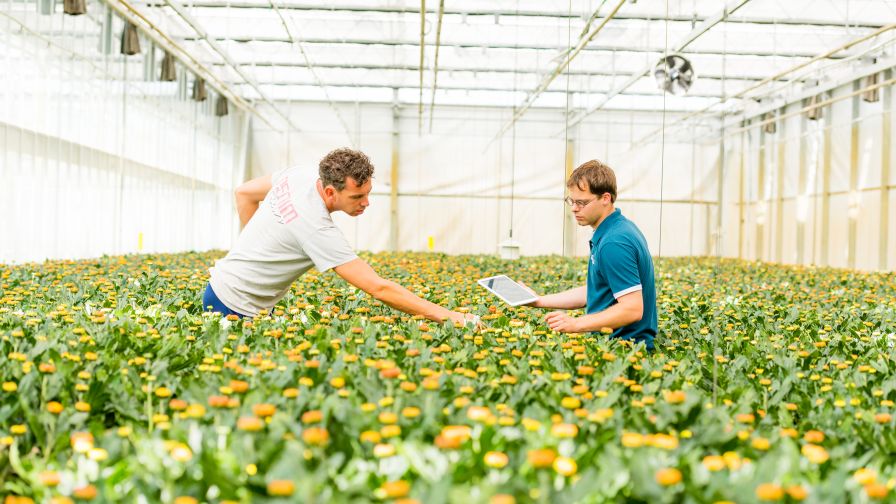Sustainability in the Greenhouse is More Than Just About Dollars and Cents
 As members of the original green industry, we have some built-in advantages when it comes to sustainability. Our plants help clean the air and feed people and animals. The sun heats our greenhouses and helps grow our product. We understand and value the importance of clean and accessible water, and the list goes on.
As members of the original green industry, we have some built-in advantages when it comes to sustainability. Our plants help clean the air and feed people and animals. The sun heats our greenhouses and helps grow our product. We understand and value the importance of clean and accessible water, and the list goes on.
After we get done with the list of built-ins, participation in green initiatives varies dramatically amongst us growers. Some grow organically; some manage cutting-edge biocontrol programs; others view active participation in sustainable measures as expensive and one more potential source of headache in an already complicated business.
To those reading from the latter category, Bell Nursery was closer to this end than the other not too long ago. However, the benefits of our sustainable initiatives have dramatically outweighed their costs, especially in recent years. I’ll outline a few of the things we are doing and how they’ve made positive contributions to our business that isn’t always in pure dollars and cents.
The Long-Reaching Benefits Gained From Sustainability Make Up for the Costs
About eight years ago, we began participating in the Veriflora Sustainably Grown program. This process includes (but isn’t nearly limited to) a multi-day, on-site inspection looking at detailed spray records, working conditions, chemical spill containment protocols, and chemical storage, among other things. While we were fully compliant with state and federal regulations, we clearly had some room for improvement to meet Veriflora certification standards. By engaging with Veriflora, we are now well ahead of mandated regulations. While this certification is not inexpensive, the peace of mind and value of knowing we are exceeding compliance requirements is well worth it.
We also have a program in partnership with The Home Depot to provide a place where customers can return pots and trays for recycling. While initially tough to understand (think associated labor), it has turned into one of our most successful sustainable initiatives. From the program’s inception six years ago, we’ve recycled more than 3 million pounds of material. Working with partners inside and outside of our industry, we sort and bale the plastics, earning a rebate that generally covers the expense associated with sorting and transporting the material. We now buy trays made from this recycled plastic to bring the initiative full circle.
Finally, we’ve most recently switched three of our facilities over to wind-generated electrical supply. We don’t have windmills around the greenhouses or anything like that; we simply specify with our energy suppliers that we want to buy wind from the national wind grid. Wind power continues to become more accessible and, in our case, was very close to the price of conventional power and provided a significant savings over an expiring contract. For what will end up being a marginal cost over a conventional power contract, we can take pride in dramatically reducing our carbon footprint.
Individually, these sustainability initiatives don’t garner much attention, but when combined to tell a story of progress toward a goal, we find ourselves on common ground with environmentalists in our communities and at the state and local political levels. This became especially important the last few years as neonicotinoids have been hotly debated. We are well positioned as a voice advocating for unbiased scientific study with a clear interest in the environment. We can help with nursery and horticulture policy in our state from a similar position.
Like many other millennials, I believe sustainable practices are worthwhile for their own sake, and it’s important to consider the social and political goodwill that can be accumulated from sustainable measures that resonate with policy makers outside of our industry.










